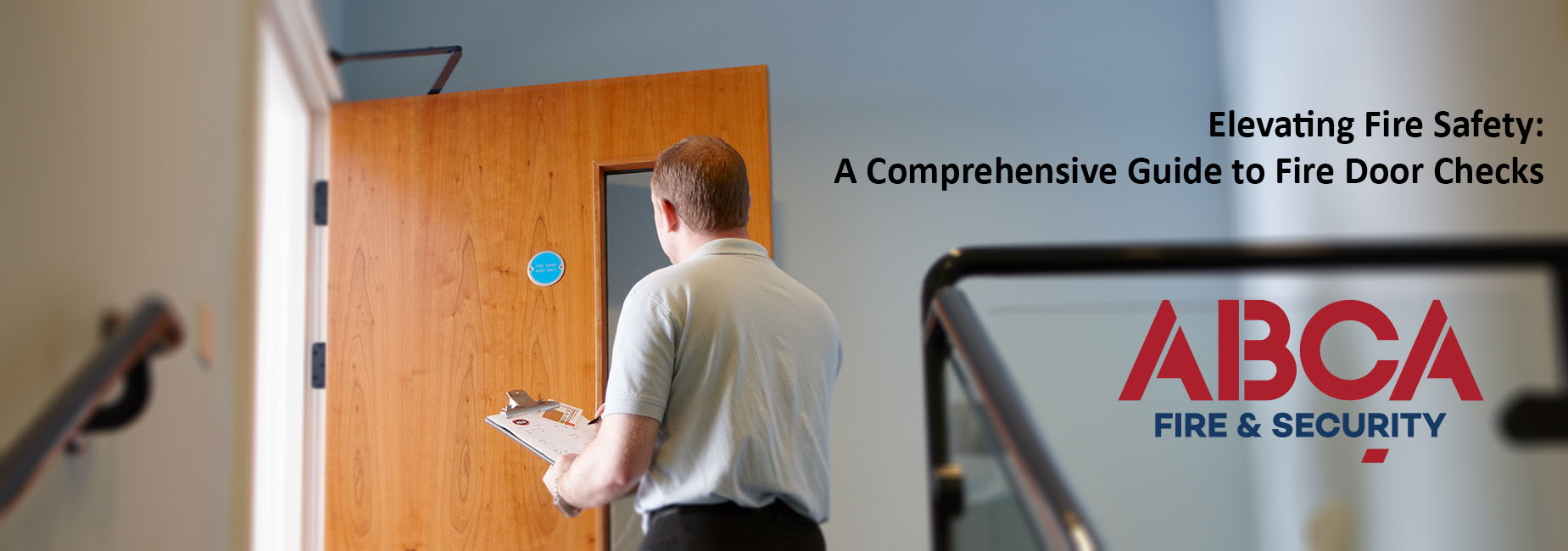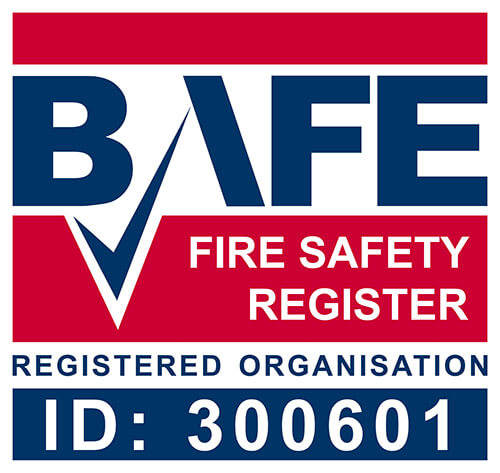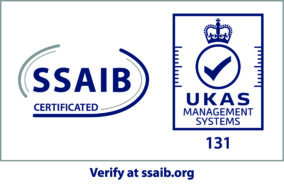
Elevating Fire Safety: A Comprehensive Guide to Fire Door Checks
For those entrusted with the safety of a building, be it an owner, manager, or anyone overseeing fire safety, the effectiveness of fire doors is a non-negotiable element. In this comprehensive blog post, we delve into the critical importance of regular fire door checks, emphasising a five-step guide for responsible persons and shedding light on the potential consequences of neglect.
The Tragic Consequence: A Lesson from Sophie Rosser’s Story
In 2012, the tragic death of 23-year-old student Sophie Rosser underscored the vital importance of ensuring fire doors close properly. An inquest revealed that Sophie’s life could have been spared if a self-closing fire door in a Canary Wharf block of flats had functioned as intended during the fire.
Shockingly, over a third (36%) of building users admit to compromising fire door mechanisms due to personal inconvenience. The consequences of such actions can be severe, potentially leading to compromised safety for building occupants. Despite advancements in fire safety laws over the past decade, fire doors often face neglect, downgrading in specifications, and improper maintenance. Faulty fire doors persist across diverse settings, from council flats to care homes, hospitals to hotels, highlighting the urgent need for increased awareness and action.
Regulatory Reforms and Legal Obligations
The Regulatory Reform (Fire Safety) Order imposes obligations on responsible persons to conduct fire risk assessments, act on findings, and review assessments periodically. However, awareness of these legal responsibilities remains a significant challenge, with almost half of managers admitting uncertainty about their obligations.
The Five-Step Fire Door Check: A Practical Guide for Responsibility
As responsible individuals overseeing fire safety within a premise, ensuring the reliability of fire doors is paramount. This crucial five-step fire door check shows what is required:
1. Certification: A Mark of Authenticity
- Detailed Inspection: Beyond a cursory glance, meticulously examine the door for a label or plug. These certification marks are typically found on the top (occasionally on the side) and serve as a clear indication of a genuine fire door.
- Use of Technology: Employ modern tools such as a mirror or the selfie function on your camera phone to inspect areas that might be challenging to reach. This enhances your ability to verify the presence of the certification mark.
- Immediate Reporting: Any doubts or concerns regarding the absence of a certification mark should be promptly reported. This step is fundamental to maintaining the integrity of fire doors.
2. Gaps: Precision Matters
- Measurement Precision: Employ a meticulous approach to measure the gaps around the top and sides of the door when closed. Ensure these gaps consistently remain less than 4mm, adhering to specified limits.
- Gap Under the Door: Acknowledge that the gap under the door can be slightly larger, up to 8mm. However, use discernment based on the type of door. The objective is to avoid any gaps large enough for smoke and fire to pass through.
- Visual Verification: Use a £1 coin to gauge scale; a gap larger than the coin’s thickness (approximately 3mm) warrants attention. The absence of visible light under the door is an optimal indicator.
- Immediate Reporting: If gaps exceed recommended limits or raise concerns, immediate reporting is crucial. Timely intervention can prevent potential hazards.
3. Seals: Guardians Against Fire and Smoke
- Thorough Examination: Scrutinise the door and frame for intumescent seals, ensuring their integrity without any signs of damage. These seals play a pivotal role in expanding when exposed to heat, preventing the passage of fire and, in some cases, smoke.
- Functional Assessment: Assess the functionality of seals by envisioning their response to heat. A comprehensive examination of the edges of both the door and frame is essential.
- Immediate Reporting: Any observed damage or concerns with the intumescent seals necessitate immediate reporting. Vigilance in this area is crucial to maintaining the effectiveness of fire doors.
4. Hinges: The Silent Heroes
- Quantity and Condition: Conduct a detailed inspection of all hinges, confirming that three or more are firmly fixed. Ensure there are no missing or broken screws, as these components are integral to the proper functioning of the door.
- Maintenance Check: Verify that the door has been subject to proper maintenance. The hinges must be robust enough to withstand the intensity of a fire, contributing to the door’s overall performance.
- Immediate Reporting: Open the door to visually inspect the hinges. Any concerns about missing or damaged components should be reported promptly for professional assessment.
5. Closing Properly: Ensuring Full Functionality
- Operational Check: Verify that the door closes firmly onto the latch without sticking on the floor or the frame. This step is critical, as a fire door only fulfils its purpose when securely closed.
- Dynamic Assessment: Open the door halfway and observe its behaviour as it closes. Any signs of sticking or failure to close completely warrant immediate attention.
- Immediate Reporting: Should concerns arise during the operational check, report them promptly. Addressing issues related to the door’s closing mechanism is fundamental to its efficacy.
In Conclusion: A Collective Responsibility for Safety
This blog post stands as a compelling call to action for responsible persons to prioritise fire door safety. By adopting the comprehensive five-step fire door check and supporting initiatives like Fire Door Safety Week, we contribute collectively to fostering a safer built environment. Neglecting fire door maintenance carries severe consequences, and it is our shared responsibility to ensure the well-being of all building occupants. Let’s unite in unlocking safety, taking proactive measures, and elevating awareness within our organisations.
ABCA systems can help with these fire door checks and also any repairs or replacements that maybe required after. Please feel free to contact me at chris.pattinson@abcasystems.co.uk






